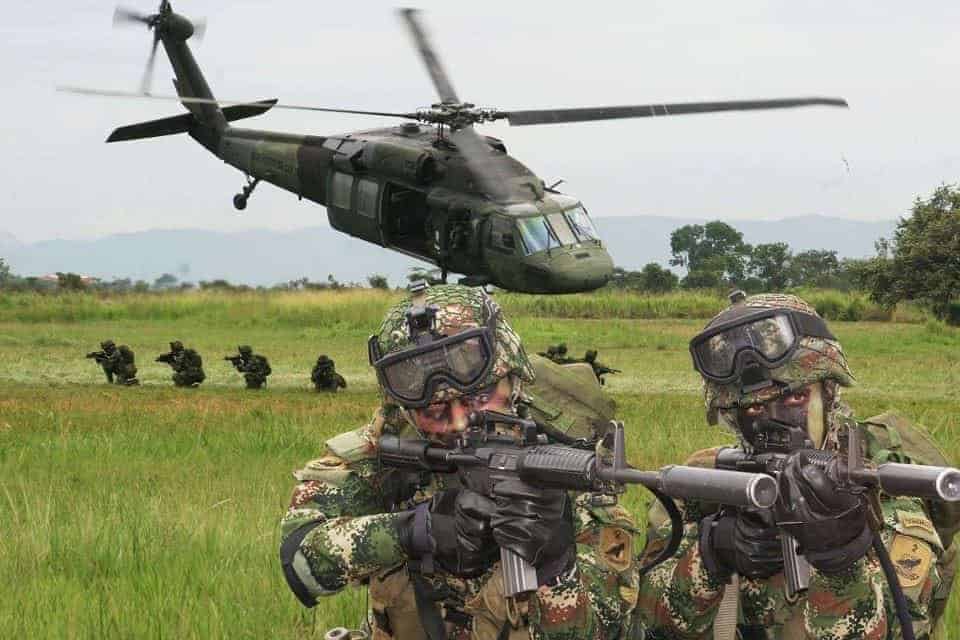Recently, the Colombian people rejected a peace deal with the Revolutionary Armed Forces of Colombia—People’s Army (FARC) in a nation-wide vote. If the deal had been approved, the FARC would have permanently laid down its arms and become a legitimate, legal political party.
In the eyes of many, however, a peace deal with the FARC is nothing more than a farce. This might sound harsh, and legitimizing the FARC as a political party would allow Colombia to avoid further bloodshed. Yet, the war with the FARC rebels has cost Colombia over 200,000 lives with many of those killed being innocent civilians. Further, it’s estimated that roughly 5 million people have been displaced due to the conflict.
Many had hoped that the war, which has raged for decades, would finally be brought to an end. However, in a tight vote -50.2% to 49.8%- the Colombia people rejected the would-be peace deal that was signed and supported by both the Colombian President and FARC leaders.
Yet when you consider the thousands of people who died in the war, it’s easy to understand why many Colombians would rather see FARC leaders brought to justice than legitimized. Let’s go over five of the worst FARC attacks in history so we can understand why so many Colombians were against the deal.

1. Landmines Claim +10K Lives
It’s believed that the FARC has planted most of the land mines now littered across Colombia. For the record, it’s possible that paramilitary forces, and perhaps even government forces, were responsible for laying some of the land mines. Either way, over 10,000 people have died as a result of these mines.
The Ottawa Treaty, signed in 1997, prohibits the use of landmines, and was signed by Colombia (the United States, Russia, China, and 32 other countries did not ratify the treaty). The reasoning for outlawing landmines is simple: far too often civilians are killed rather than military targets.
Yet this didn’t stopped the FARC from littering much of rural Colombia with these dangerous weapons. In fact, Colombia trails only Afghanistan in the total number of landmine victims. About 62 percent of the victims were police, with the remaining being civilians (this likely includes armed paramilitary members, however). Often, the victims were minors playing and trying to enjoy their childhood.
In 2015 the FARC agreed to stop using landmines, and to also help the army remove them. This was actually demanded by the government of Colombia as part of the peace process. While many landmines have been removed, many other mines are still scattered about the country.

